Molded PTFE (Polytetrafluoroethylene) is a type of PTFE that is processed through a molding technique, where the material is shaped into specific forms using heat and pressure. This process results in a highly durable and versatile material used across a variety of industries. Below, we explore the properties and uses of molded PTFE.
Characteristics of Molded PTFE
Molded PTFE retains all the exceptional characteristics of standard PTFE, including its chemical resistance, non-stick properties, and high-temperature tolerance. It is known for its low friction coefficient, making it suitable for applications requiring smooth motion. Molded PTFE, unlike extruded PTFE, is produced through a compression molding process that helps achieve desired shapes and dimensions with high precision.
Manufacturing Process of Molded PTFE
The process of molding PTFE begins with PTFE resin, typically in powder or granular form, which is placed into a mold. The mold is then heated to the required temperature, and pressure is applied to compact the PTFE material. After the molding cycle, the PTFE part is cooled and removed from the mold, retaining its final shape and size. This molding process allows for the production of both simple and complex parts.
Applications of Molded PTFE
Molded PTFE is used in many industries due to its versatility and unique properties. It is commonly used for creating gaskets, seals, bearings, bushings, and electrical insulators. It is also utilized in industries like pharmaceuticals, food processing, and chemical engineering, where materials must withstand harsh chemicals, extreme temperatures, and demanding mechanical environments.
Benefits of Molded PTFE
Molded PTFE offers several benefits, including its resistance to chemicals, high-temperature stability, electrical insulating properties, and low friction. It is highly durable, long-lasting, and can be molded into intricate shapes, making it ideal for critical sealing applications in various sectors.
In conclusion, molded PTFE is a high-performance material created through compression molding, offering a wide range of advantages and applications in demanding industries.

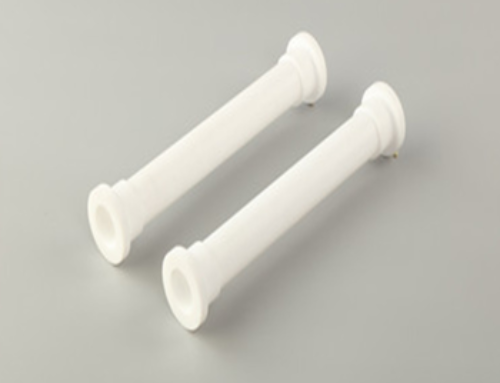
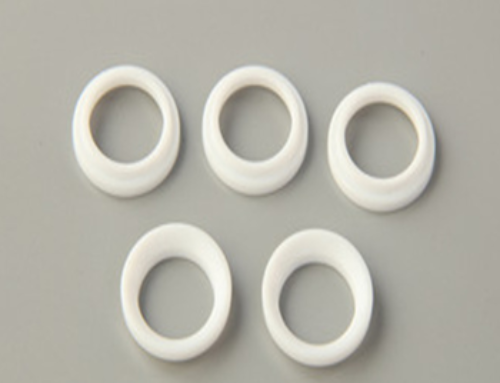
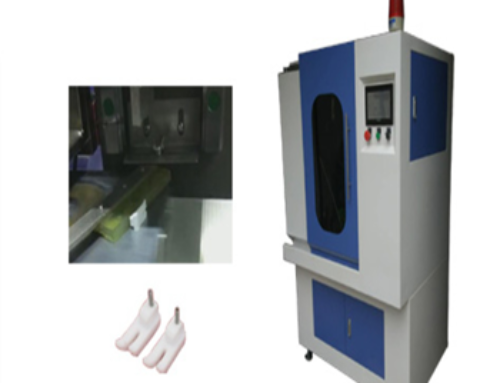
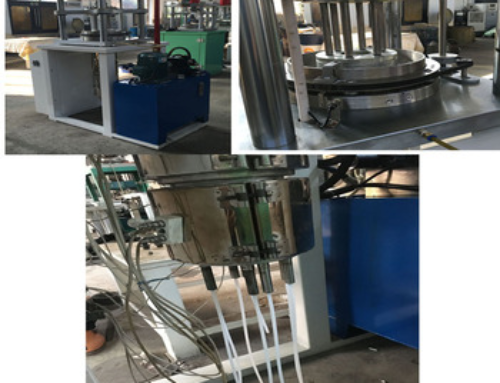
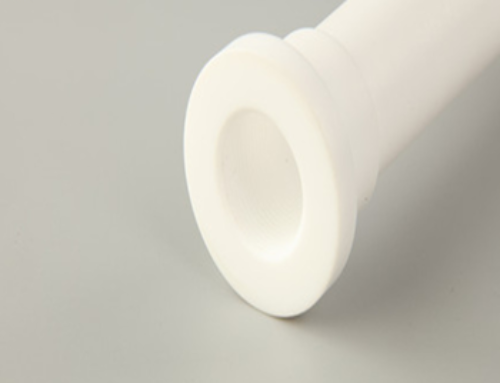

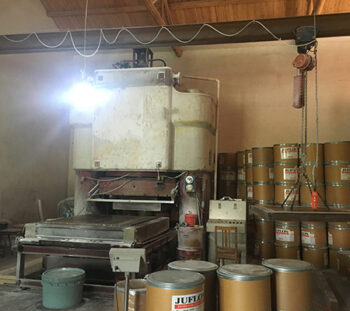
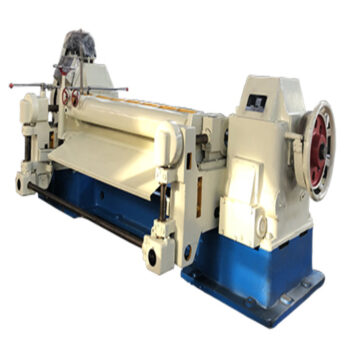
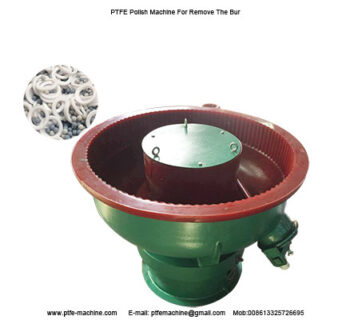
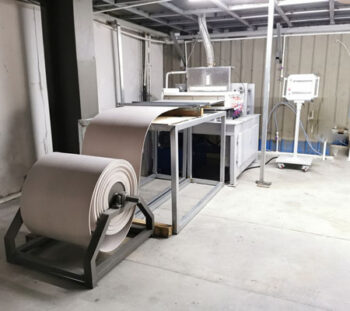
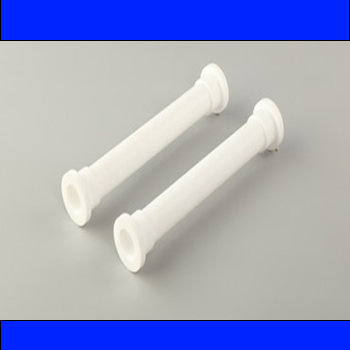

Leave A Comment
You must be logged in to post a comment.